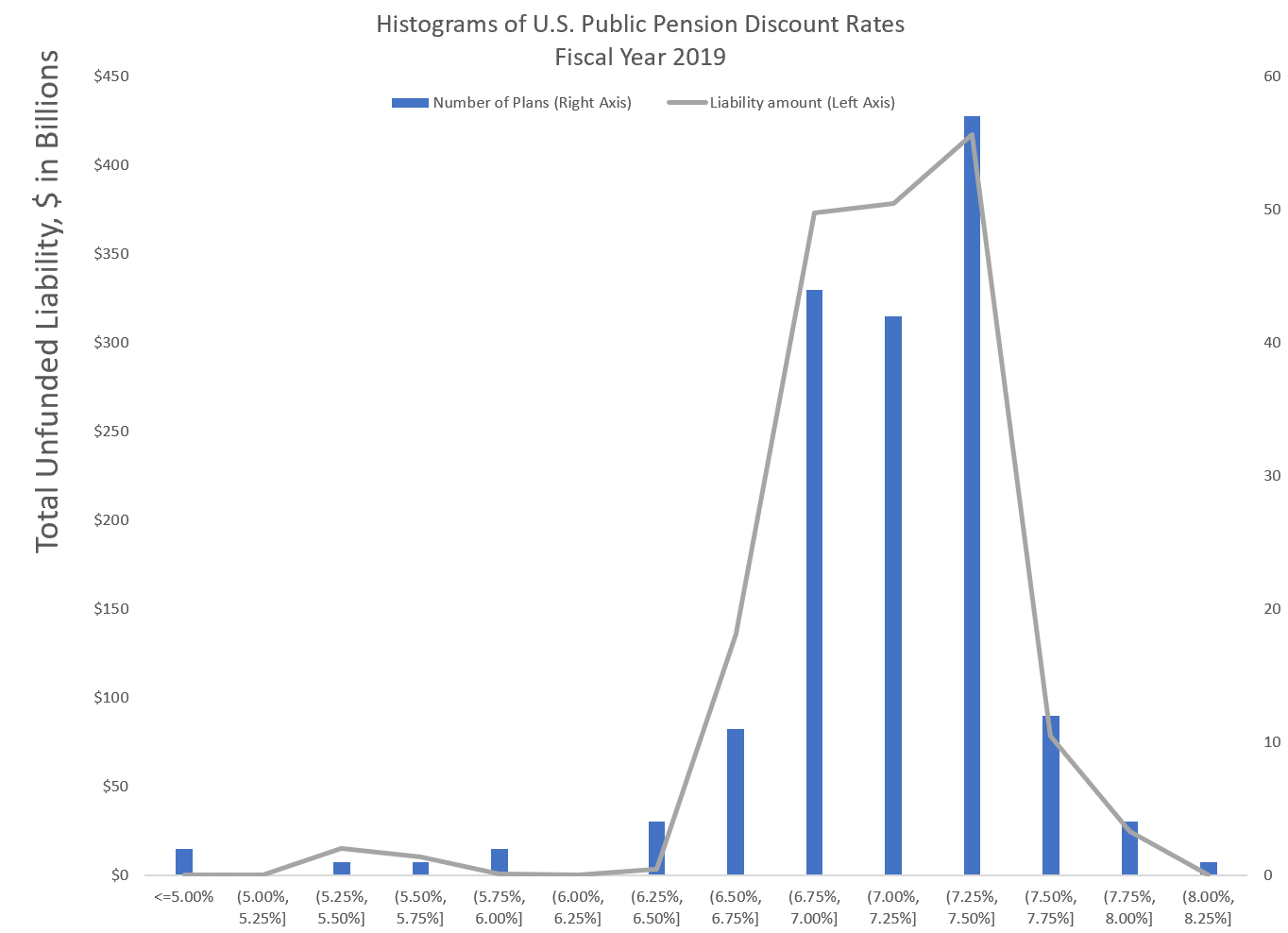Link: https://www.governing.com/finance/So-Can-States-Cut-Taxes-or-Not.html
Excerpt:
Most observers believe that the Treasury will interpret the law narrowly. Rather than seeking to claw back funds from any states passing tax cuts or credits, the feds are considered likely to challenge only those states that clearly use federal dollars to pay for them. “Nothing in the act prevents states from enacting a broad variety of tax cuts,” Treasury Secretary Janet Yellen wrote in a response to the AGs. “It simply provides that funding received under the act may not be used to offset a reduction in net tax revenue resulting from certain changes in state law.”
But the fact that the law blocks federal money from being used even indirectly to pay for tax cuts has state officials not just worried but angry. “Democrats in Washington and in the White House are not going to tell me, or the Georgia General Assembly, that we can’t cut taxes for hard-working Georgians,” Gov. Brian Kemp complained at a news conference last month.
….
That prohibition lasts as long as the stimulus dollars are spent, which will be into 2024. And there are limits, Walczak notes, on where and how states can spend federal aid. They can use the money to address pandemic and health needs, for example. While those are clearly ongoing, much of the cost of vaccine supply and distribution has been underwritten by the feds. Other costs in these areas have already been addressed by last year’s federal CARES Act, which some states struggled to spend.
Author(s): Alan Greenblatt
Publication Date: 7 April 2021
Publication Site: Governing

